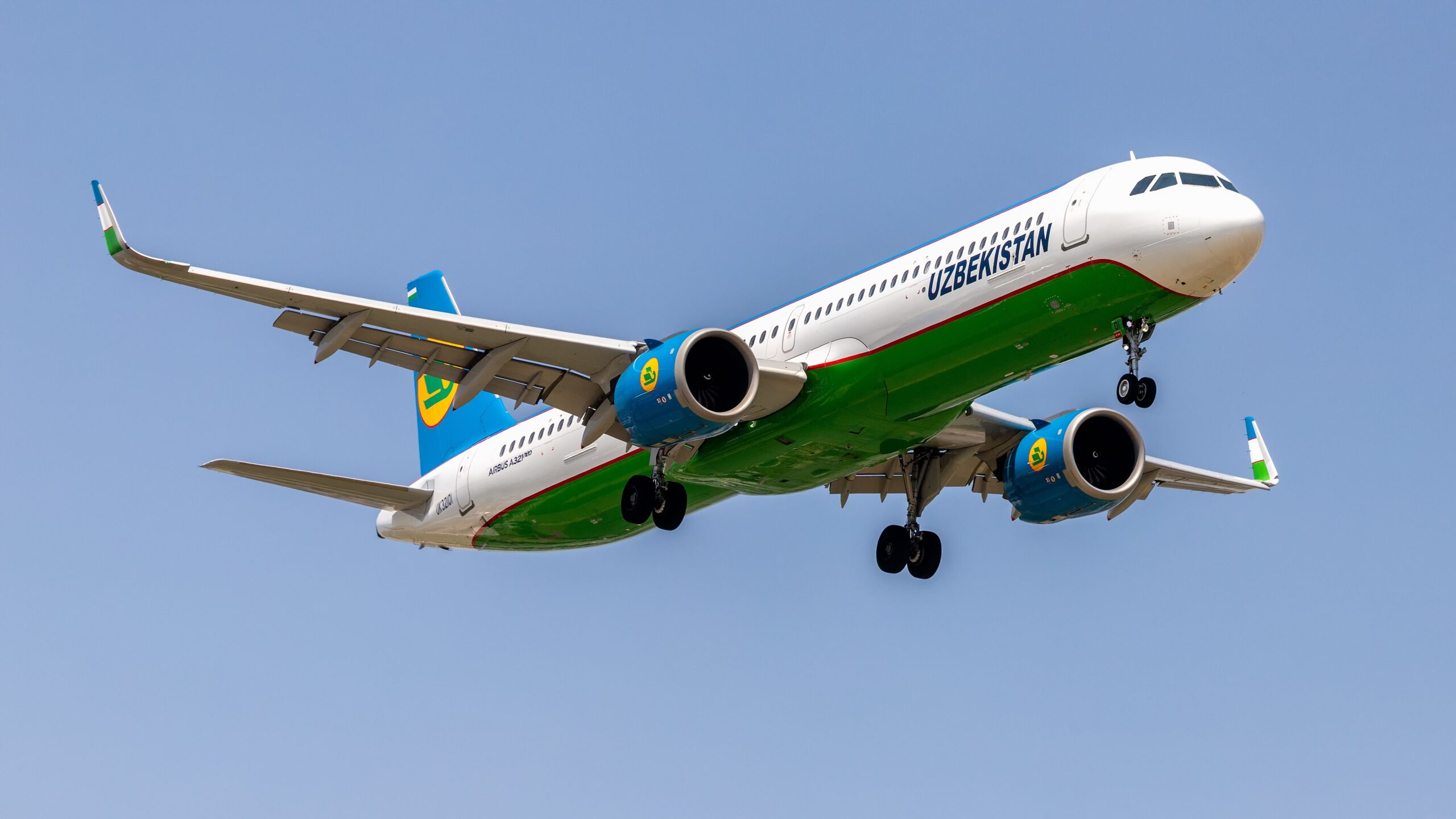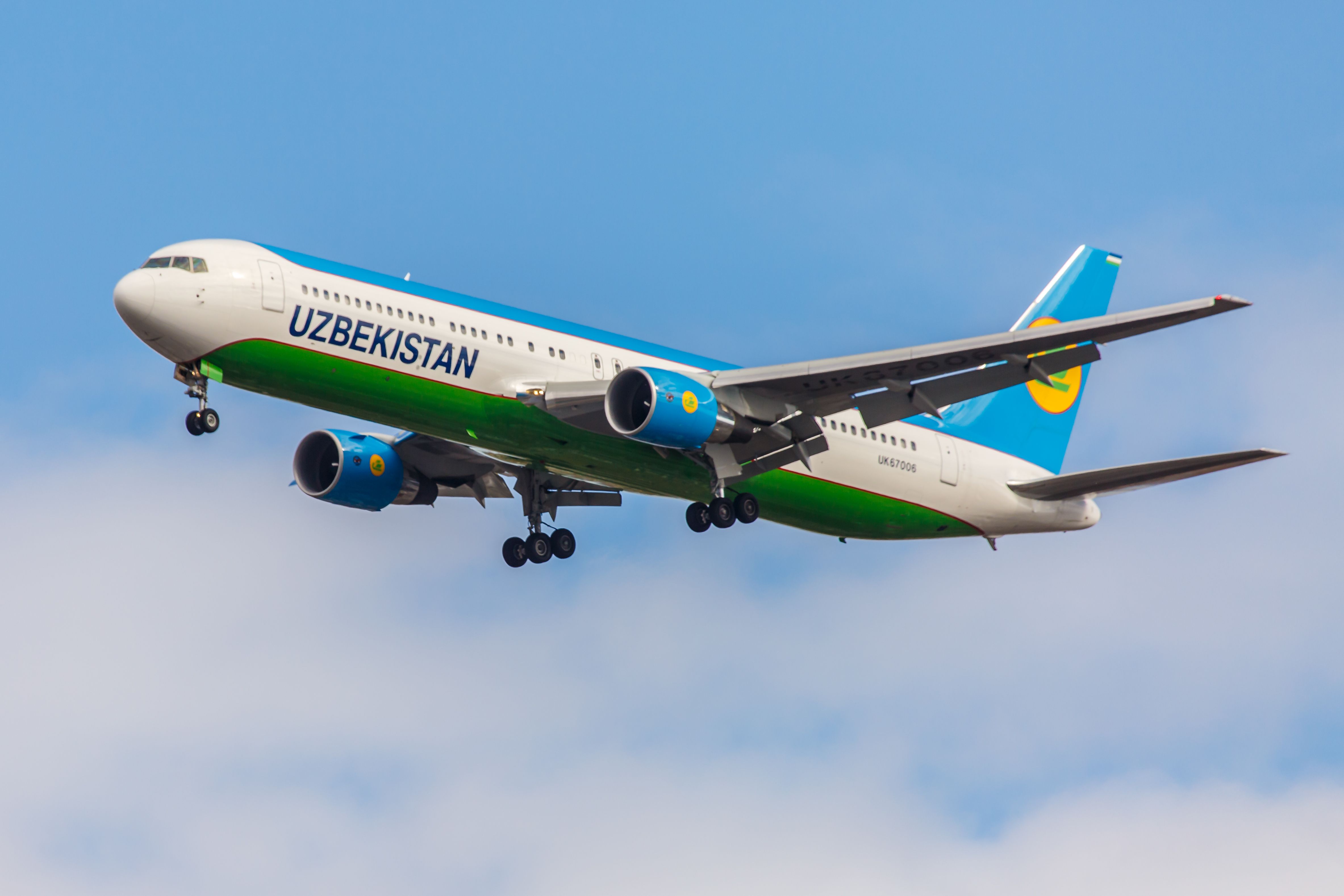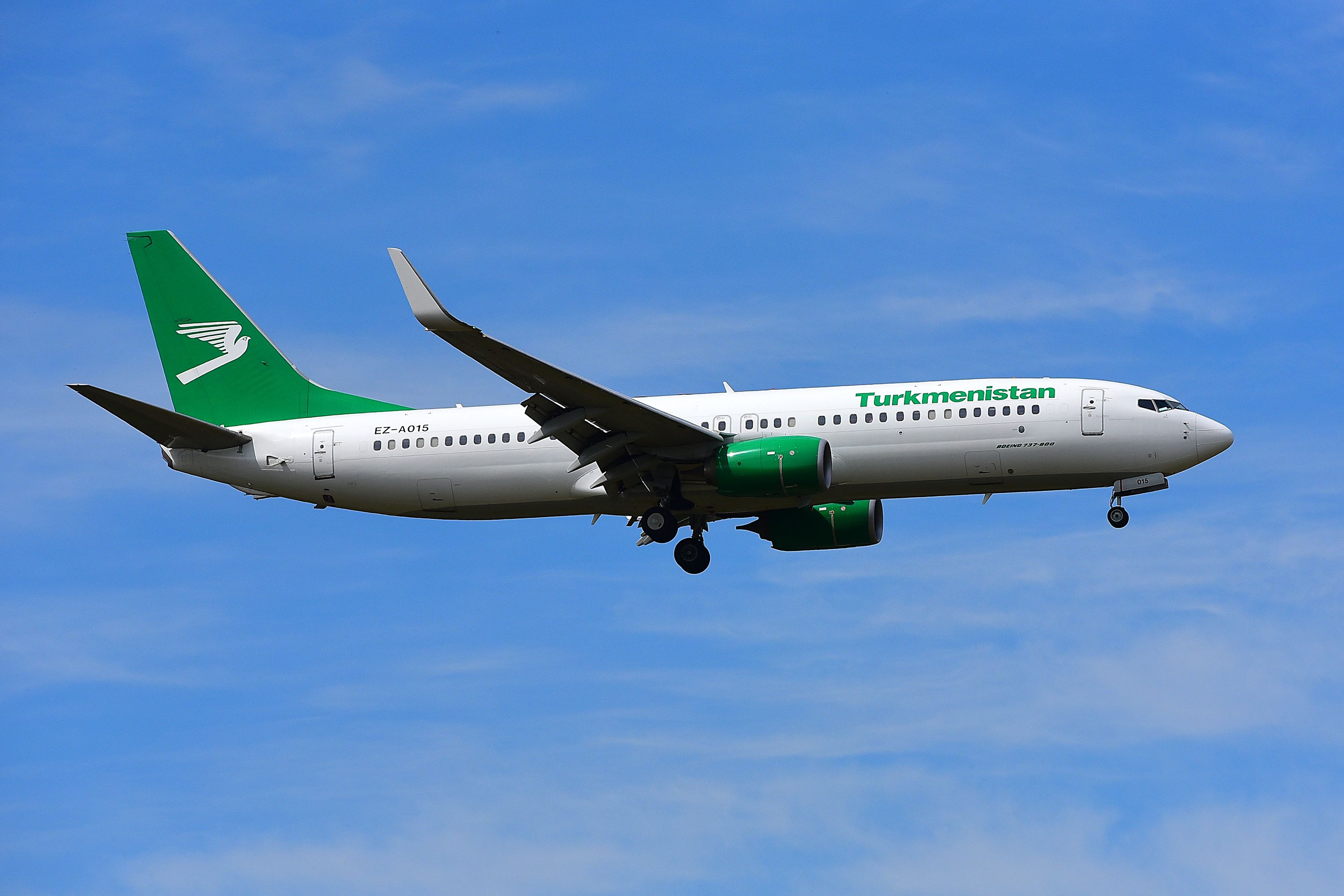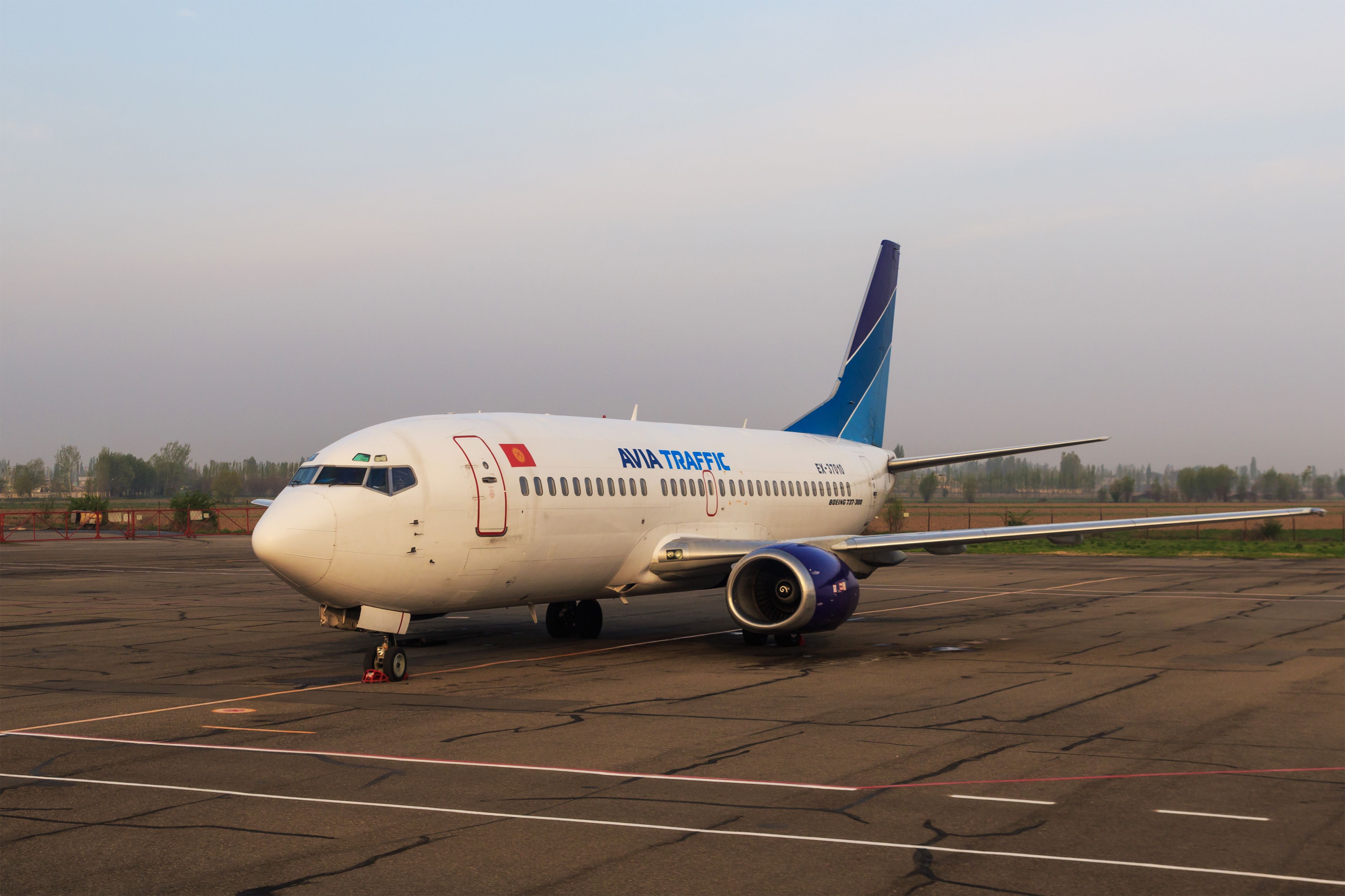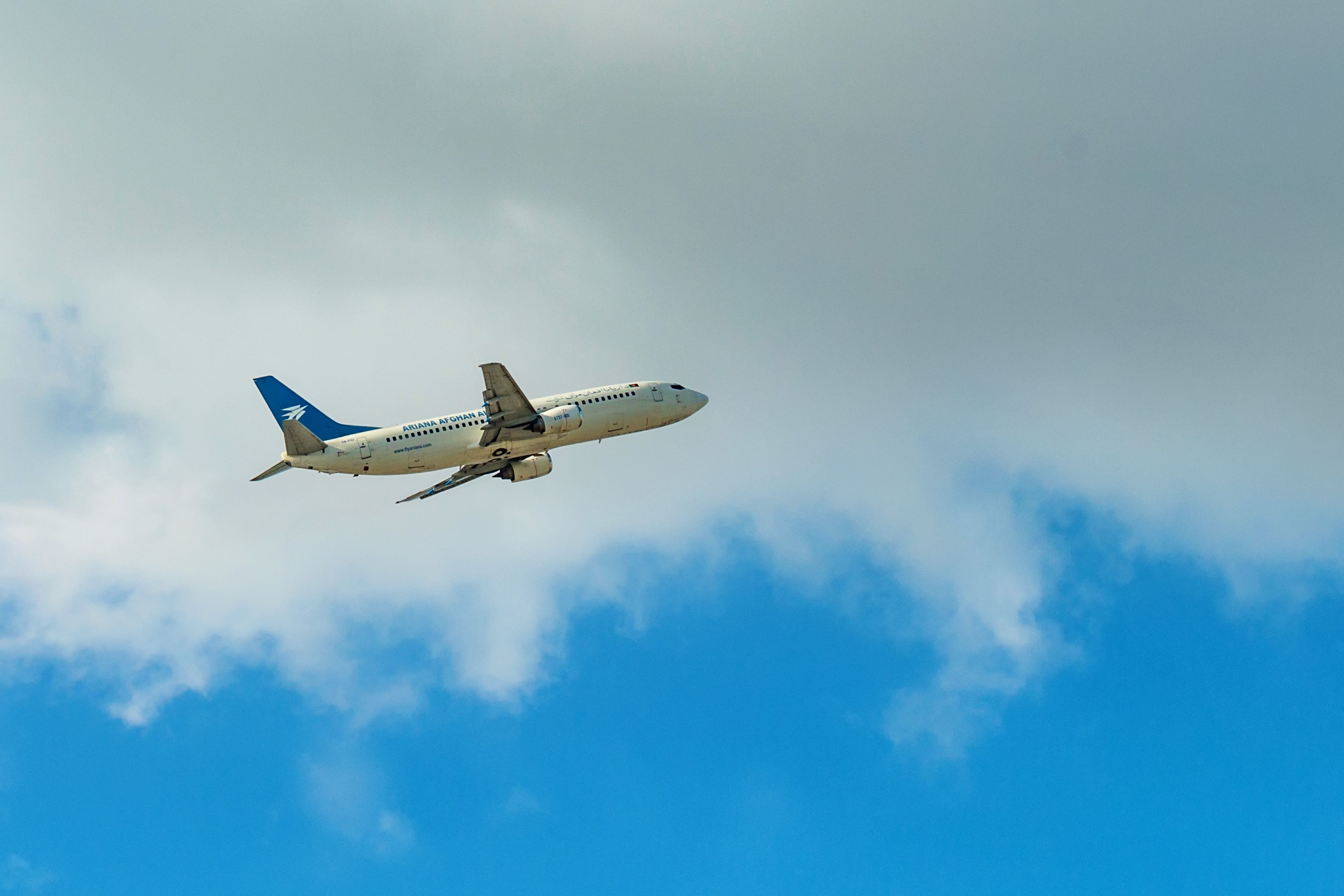One of the world’s most overlooked regions, Central Asia, has slowly become one of the world’s fastest-growing hubs for commercial aviation, with the region’s carriers continuing to offer new services to destinations across the globe.
With the superconnectors of the Middle East based out of hubs to the Southwest of the region and legacy carriers from both Europe and Asia operating flights to these nations, relatively few have flown to or connected via these Central Asian hubs.
Photo: Eliyahu Yosef Parypa | Shutterstock
Nonetheless, as economic development in the region has continued, the markets for commercial air transport within Central Asia have grown stronger every year, prompting the growth of older carriers and the establishment of new ones. As a result, more and more people have become familiar with the variety of carriers operating in and out of the region.
Despite this recent growth, the Central Asian region has long had legacy airlines, many of which were born out of the decline of the Soviet Union. While some continue to operate relatively limited regional networks, others have become truly global carriers. Let’s take a deeper look at five Central Asian legacy carriers
that you likely haven’t flown while on your travels.
1
Uzbekistan Airways
Number of destinations: 58
Principal hubs:
- Islam Karimov Tashkent International Airport (TAS)
Uzbekistan Airways was one of the first carriers to be established in the Central Asian region following the collapse of the Soviet Union, and it took over most of what was previously the Uzbekistan division of Soviet flag carrier Aeroflot. The airline was founded in 1992 by the Uzbek President, who had a bold vision for the carrier to become a safe, modern, and reliable airline for the Uzbek people.
Although the carrier originally relied on Soviet-built aircraft (it was even the launch customer for the Ilyushin Il-114), the airline today operates a modern fleet consisting entirely of Western-built planes, according to Flight Global. Alongside its regional subsidiary Uzbekistan Express, the carrier serves 58 destinations across the globe with a fleet of 33 jets and offers its own frequent-flyer program.
Uzbekistan Airways is also known for operating long-haul routes to destinations across Europe and Asia. The carrier notably operates just one transatlantic service, a nonstop flight between its Tashkent hub and John F. Kennedy International Airport (JFK) in New York City, a flight that is operated by the airline’s Boeing 787 Dreamliner fleet.
2
Air Astana
Number of destinations: 60+
Primary hubs:
- Almaty International Airport (ALA)
- Nursultan Nazarbayev International Airport (NQZ)
The flag carrier of Kazakhstan, Air Astana, was launched 23 years ago to succeed the nation’s former flag carrier, Air Kazakhstan. The airline is majority-owned by the nation’s sovereign wealth fund Samruk Kazyna, although UK-based aerospace conglomerate BAE Systems owns 49% of the carrier.
The airline operates over 30 Boeing and Airbus aircraft and maintains outstanding orders for 15 jets, including 3 Boeing 787-9s. Although the airline is mostly focused on serving destinations within Central Asia, it has grown its international network in recent years, launching flights to long-haul destinations in East Asia and Europe.
3
Turkmenistan Airlines
Number of destinations: 29
Primary hubs:
- Ashgabat International Airport (ASB)
- Turkmenabat International Airport (TRZ)
Turkmenistan, a Central Asian country that joined the International Civil Aviation Organization (ICAO) following the collapse of the Soviet Union, has only a single airline. The state-owned flag carrier Turkmenistan Airlines launched its first commercial flights in 1992 when the airline was the first ex-Soviet republic to purchase the Western-made Boeing 737.
Photo: Vytautas Kielaitis | Shutterstock
The airline’s path toward expansion has been relatively slow, and it only began to operate with an electronic ticketing system in 2011, according to the carrier’s website. Nonetheless, the carrier today operates flights to 14 international destinations with a fleet of 15 737 and 777 family aircraft.
4
Avia Traffic Company
Number of destinations: 16
Primary hub:
- Manas International Airport (FRU)
The Avia Traffic Company is one of the few remaining major airlines that operates out of Kyrgyzstan, and its primary hub is the nation’s principal international airport. Like all other carriers from the small nation, the airline is on the list of air carriers banned from operating in the European Union or flying through EU airspace.
The airline, which serves 16 destinations, primarily serves to connect Kyrgyzstan with many destinations across Russia. The airline’s fleet of just six aircraft consists of Airbus A320-200 planes and Boeing 737-300s.
5
Ariana Afghan Airlines (Ariana)
Number of destinations: 13
Primary hub:
- Kabul International Airport (KBL)
The only airline on this list to pre-date the Soviet Union, Ariana, was founded on January 27th, 1955 as the flag carrier of Afghanistan. The carrier operates domestic flights as well as long-haul services to destinations across Asia.
Photo: Yakov Oskanov | Shutterstock
The airline was originally aligned with the West during its early years, and Pan American World Airways even acquired a minority stake in the carrier in 1957. Today, however, the airline is placed on the list of carriers banned from operating within the European Union.
Back in 2021, all domestic flights were canceled following the Taliban’s return to power, but flights resumed not long after, in the fall of that year. Today, the Ariana fleet consists of the following aircraft:
|
Aircraft type: |
Number in Ariana fleet: |
|---|---|
|
Airbus A310-300 |
3 |
|
Boeing 737-400 |
2 |
|
Boeing 737-500 |
1 |
